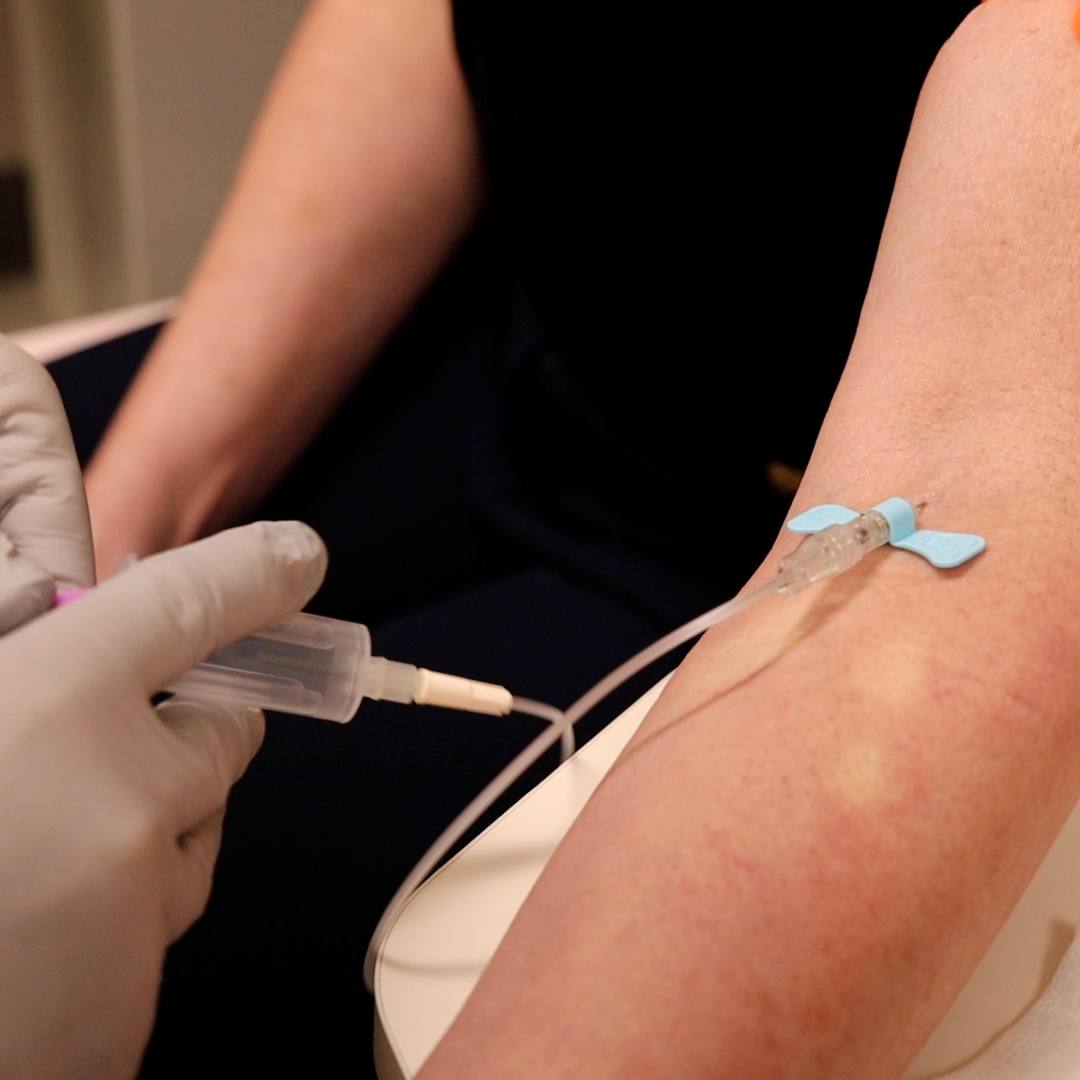-
Health & Wellness
How Do I Tell the Difference Between Bile Reflux and Acid Reflux?
August 5, 2011
Dear Mayo Clinic:
What is the difference between bile reflux and acid reflux?
Answer:
Bile reflux involves fluid from the small intestine flowing into the stomach and esophagus. Acid reflux is backflow of stomach acid into the esophagus. These conditions are often related, and sometimes differentiating between the two can be difficult.
Bile is a digestive fluid made by the liver. Its main function is to help the body digest fats and remove certain toxins. Bile flows from the liver through the bile duct into the upper part of the small intestine (duodenum), just below the stomach. Bile normally can't get into the stomach because a one-way valve between the stomach and small intestine, called the pylorus, opens to allow food to empty from the bottom of the stomach into the intestine. The pylorus prevents contents of the small intestine, including bile, from coming back into the stomach.
When the pylorus is damaged or fails to work correctly, bile and other digestive fluids from the intestine can enter the stomach, causing irritation and inflammation. People at high risk for bile reflux include those who have had surgery involving the pylorus, or affecting nerves in the stomach that play a role in pylorus function.
Another valve, the lower esophageal sphincter, separates the esophagus from the stomach. It normally opens only to allow food to pass into the stomach and then closes tightly. If the valve relaxes abnormally or weakens, stomach acid can wash back into the esophagus. That's acid reflux.
If both the pylorus and the lower esophageal sphincter don't work properly, then bile and acid, along with other digestive fluids from the small intestine, can enter the esophagus from the stomach. That condition is often called bile reflux, even though the fluid that's getting into the esophagus contains more than just bile.
Signs and symptoms of bile reflux and acid reflux are similar, resulting in difficulty distinguishing between the two. The main symptom of both is frequent heartburn — a burning feeling in the chest or throat accompanied by a sour taste in the mouth. In some cases, bile reflux may also cause upper abdominal pain as a result of the bile irritating the stomach.
Treatment for both types of reflux usually begins with an acid-blocking drug, typically from a class of medications called proton pump inhibitors. These medications decrease acid production in the stomach, reducing the amount of irritating fluid that flows into the esophagus. This significantly lessens the damage to the esophagus caused by reflux and often reduces symptoms of both bile and acid reflux.
In many people, acid-blocking drugs are all that's needed to effectively manage acid and bile reflux. If symptoms persist despite taking a proton pump inhibitor, then surgery may be recommended to create a new valve at the top of the stomach that prevents reflux into the esophagus.
If you have reflux symptoms, see your doctor. When left untreated, over time, bile and acid reflux may result in severe esophageal damage. In addition, long-term bile reflux can cause stomach irritation (gastritis) that, in some cases, may lead to ulcers and bleeding. Prompt treatment for reflux can often significantly reduce the risk of these serious complications.
— Jeffrey Alexander, M.D., Gastroenterology, Mayo Clinic, Rochester, Minn.
Related Articles







